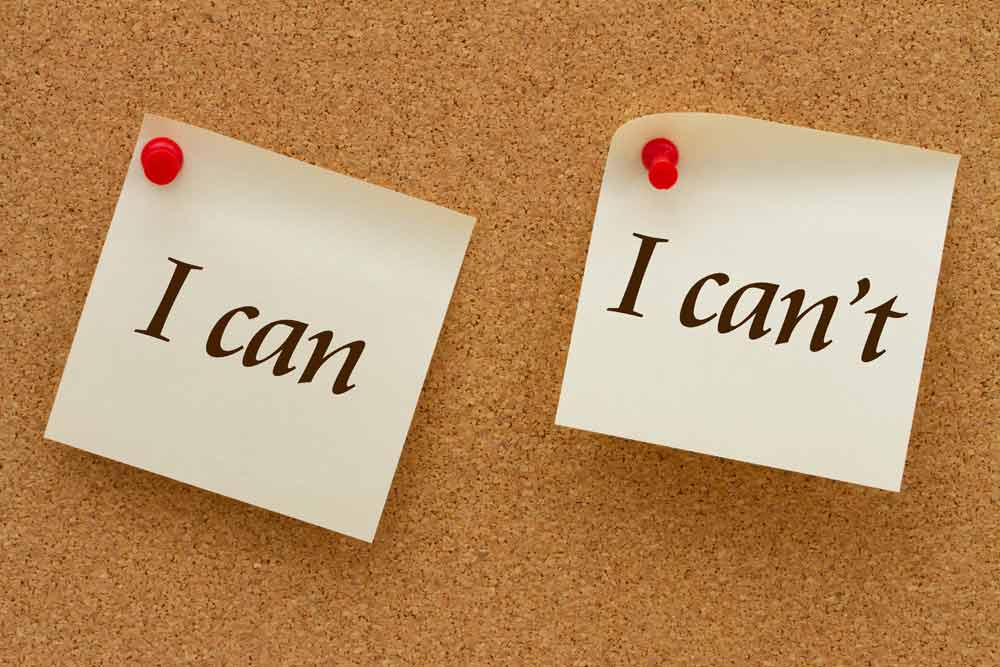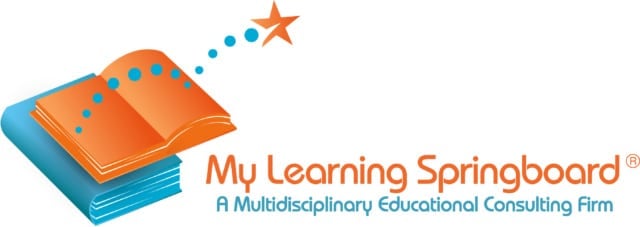 As students set out to acquire new skills, understanding the stages of learning and how and where to recognize progress towards mastery can be difficult. The beginning and end of a particular learning process are generally quite clear, but learners often lack vocabulary for all of the micro-steps that occur between “not knowing” and “knowing.” Students regularly articulate thoughts like “I’m not good at this” or “this is easy for me,” but less commonly note nuances like “I’m getting the hang of this concept, though I’m still not able to work fluently” or “I can solve simple problems, but it’s difficult for me to apply this concept in unfamiliar settings.”
As students set out to acquire new skills, understanding the stages of learning and how and where to recognize progress towards mastery can be difficult. The beginning and end of a particular learning process are generally quite clear, but learners often lack vocabulary for all of the micro-steps that occur between “not knowing” and “knowing.” Students regularly articulate thoughts like “I’m not good at this” or “this is easy for me,” but less commonly note nuances like “I’m getting the hang of this concept, though I’m still not able to work fluently” or “I can solve simple problems, but it’s difficult for me to apply this concept in unfamiliar settings.”
Without understanding learning as a continuum, students can be quick to judge themselves as either capable or incapable, and often do so inaccurately. The underconfident learner views mistakes as proof of ineptitude (and consequently give up), while the overconfident learner concludes mastery too early (and stops studying too soon). The truth, of course, usually lies somewhere in the middle, and expanding awareness about how learning works can center students in healthy non-judgement, motivate them to “stick with it,” and empower them to learn more efficiently in the future.
One useful framework to discuss is “The Four Stages of Learning” model, originally posited by Noel Burch in the 1970s during his work at Gordon Training International. Burch lays out steps that highlight two factors, awareness (consciousness) and skill level (competence):
Stage 1: Unconscious Incompetence. [Wrong Intuition]
In the first stage, students don’t yet know what they don’t know. They are unaware of the areas in which they are falling short, and they have not identified what they need to work on. It can be helpful to acknowledge this stage before any sort of diagnostic test; standardized assessments like the ISEE frequently test above grade level content, and providing a simple disclaimer about encountering unfamiliar material can often help mitigate testing anxiety. In this setting, when students normalize “not knowing” as a natural first stage of the learning process, coming across advanced concepts on the exam becomes less intimidating. Students are more likely to take challenges in stride, skip strategically, and better allocate their time towards the questions they do understand.
Teachers can assist in developing awareness of this stage by asking students to keep a log of their errors. When learners can track for themselves which questions were missed due to not yet knowing completely unfamiliar material – versus misapplying familiar concepts– they are gently guided to take initiative in their own learning process and also practice formulating stronger, more specific questions.
Stage 2: Conscious Incompetence. [Wrong Analysis]
Eventually, learners recognize what they do not know, and enter the “Conscious Incompetence” stage. This 2nd stage of the stages of learning model can be a particularly discouraging experience, as weaknesses have been identified but not yet remedied. During this time, it is important to remind students that there is a difference between lacking competence and being incapable; just because they cannot perform a task now doesn’t mean they will always fail at it in the future. Teachers and parents can also help learners reframe knowledge gaps as opportunities for improvement by embracing the word “yet.”
Progressing through Conscious Incompetence often requires a significant amount of trying and failing. As mistakes occur, mentors should encourage students to recognize errors as a natural and essential part of learning (in teaching sessions, a useful response to “Oh wait, I did that wrong” is “No problem, that’s what we’re here for!”). Getting even one or two questions correct is a concrete step forward from not knowing.
Stage 3: Conscious Competence. [Right Analysis]
Slowly but surely, the percentage of successful attempts will increase, and learners reach “Conscious Competence.” At this 3rd stage of the stages of learning model, students have gathered the tools they need to perform effectively, but exercising their new skill still takes significant effort and attention. Moving from Conscious Incompetence to Conscious Competence usually looks like inconsistently being able to implement the desired skill, and progress may even appear nonlinear.
It can be helpful to recognize how students compensate (counting out on their fingers, looking back at formula sheets or study guides, etc.) and track as students use those methods of compensation less often. Other progress signs include working through problems more quickly, occasionally applying the concept unprompted, or actively recognizing related question types. In some cases, a student’s willingness to practice may even be considered a progress sign; the more confident a student feels in a particular area, the less resistant they will be towards homework or additional skill-building exercises. Completing focused practice – and any step towards establishing a system for consistent review – also counts as a step forward, helping students advance towards working more fluently.
Stage 4: Unconscious Competence. [Right Intuition]
Finally, in the 4th stage of the stages of learning model, learners have effectively mastered their new skill and apply it easily, perhaps even automatically. They feel confident implementing the desired action over a wide range of scenarios and can execute their expertise in congruence with other tasks. Depending on the skill, Unconscious Competence may sometimes be achieved permanently, but more often it requires habitual upkeep in the form of regular use or review.
Considering the difference between Conscious Competence and Unconscious Competence can be a useful point of reference for students, especially in a standardized testing setting. For example, when there is a significant disconnect between a student’s grades and their performance on standardized assessments, it is possible that Conscious Competence was achieved in time for the classroom test, but then never progressed forward into Unconscious Competence. Additionally, standardized exams like the ISEE, SAT, or ACT require students to work not only accurately but quickly, applying multiple concepts at once. The sheer length of these multi-hour assessments also requires significant mental stamina, and students without Unconscious Competence in multiple skill sets will experience overbearing testing fatigue. Successfully distinguishing between stages three and four helps to explain these opportunities for improvement and motivates students to self monitor for deeper understanding.
Armed with the “Four Stages of Learning” framework, students and families can recognize progress in all forms. Thinking more about how learning occurs and becoming more knowledgeable about steps of the learning process can help to remind us that with consistent effort, growth and development are inevitable.
By Ali Stoner, Private Tutor, Brad Hoffman, MS.Ed. and Board Certified Educational Planner, and Faya Hoffman, M.A. and Board Certified Educational Planner.

